In just seven years, Ireland must increase its renewable energy production by 170%, with the goal of reaching 34% by 2030. According to Minister for Transport, Climate, Environment and Communications Eamon Ryan, who spoke at the recent Renewable Energy Summit in Dublin, Ireland will rapidly increase its renewable energy generation through a number of key stages.
This includes expanding onshore wind energy production to reach 6GW and developing 5GW of large-scale solar photovoltaic (PV) systems by 2025.
Offshore wind will dominate Ireland’s renewable energy strategy out to 2050 and beyond, and we’re only in the middle of phase one of this plan, explained the minister.
Phase one involves the construction of the first seven offshore projects along the east and south coast of Ireland. The planning process for this phase will begin later this year, with construction expected to start in the latter half of the decade.
Minister Ryan outlined that in phase two, Ireland will develop additional offshore wind projects in the south and west, incorporating floating offshore wind technology, which is believed to have the capability to bring the country to net-zero emissions.
The minister referred to phase three as the enduring regime or the “big prize”, where the country will venture further out into the west and northwest where the wind conditions are strongest.
He noted that another key pillar of the plan is to develop alternative technologies such as anaerobic digestion to generate renewable gas, pump storage, and various flexible technologies.
Challenge
The shift towards electrification is a crucial aspect of Ireland’s overall energy decarbonisation strategy and the ambitious targets set in the Climate Action Plan.
This is due to Ireland’s significant potential for wind energy, which is a major strategic advantage over other European countries.
Although other electricity technologies such as solar, hydro, and biomass will also play a role in meeting these targets, wind energy will be the main contributor to meeting increasing electricity demand.
To achieve this, the country must re-design its electricity network to move away from large, centralised thermal power plants towards a network of thousands of smaller, intermittent renewable electricity generators.
As renewable energy generation capacity increases, so too will demand for electricity, particularly as other sectors such as transport and heat transition to using electricity.
Given Ireland’s isolated location from the European grid, the country will need interconnectors to export excess electricity and import electricity when local production is low.
However, the biggest challenge in developing these projects will be securing planning permission in a timely manner, according to John Reilly, head of Powergen at Bord na Móna, who spoke at the conference.
“We simply cannot bring large renewable energy infrastructure projects through the planning system quickly enough to meet growing demand and to increase the decarbonisation of the electricity power system,” he says.
Sectoral emissions ceilings
Last year, new emission ceilings were established for each sector, and while the target set for the agriculture sector received much attention, the demanding target for the electricity sector largely slipped under the radar, explains John.
According to the new emission ceilings, Ireland must achieve a 75% reduction in emissions from electricity use by 2030 compared to 2018 levels.
In 2021, the electricity sector produced approximately 10m tonnes of carbon dioxide equivalent (MtCO2eq), with a production level of about 11MtCO2eq in 2022, and an estimated similar amount in 2023, according to John.
Based on a total carbon budget of 40MtCO2eq from 2021 to 2025, John thinks that by the end of this year, we will have eaten up nearly 75% of this budget, which will result in an overshoot of between 5-6MtCO2eq. This overshoot will be carried over to the next budgeting period, from 2026 to 2030. “When you roll this over to the next budget period, that means the electricity power system, under law, will only be able to emit a maximum of 2-3MtCO2eq by 2030,” explains John.
According to analysis by Bord na Móna, even if 80% of electricity comes from renewables by 2030, the projected demand growth for electricity will still cause Ireland to exceed the remaining carbon budget of two to three million tonnes.
To even have a chance of meeting the 80% target, however, Ireland will need to install upwards of 10GW of onshore wind by 2030, which will be challenging given the current planning regime, according to John.

John Reilly, head of renewable energy, Bord na Móna.
Developing 7GW of offshore wind by 2030 will also be highly challenging, with a more realistic goal of delivering 3GW of generation.
Although the solar PV targets are expected to be met, the limited radiation levels in Ireland present a challenge for solar energy. Nevertheless, John emphasised that the technology will still play an important role.
Currently, wind and gas dominate the country’s electricity generation, with 50% coming from gas and around 30% from wind.
By 2035, it’s possible that up to 80% of the country’s electricity could come from wind alone, with the remaining 20% coming from solar, biomass, and FlexTech systems like batteries, as well as from flexible gas-fired turbines that will generate electricity when the wind doesn’t blow or the sun doesn’t shine.

Ireland is in the middle of phase one of its offshore wind plans.
According to Bord na Móna’s analysis, the only fossil fuel that could still be used by 2030 is natural, which is combusted through highly efficient combined cycle turbines, as coal, peat, and oil will be completely phased out.
However, if decarbonised gas such as biomethane and hydrogen is used, John believes that, by 2035, Ireland could become one of the few countries in the world with a net-zero electricity system. “This is absolutely doable,” John remarks.
John emphasised that the commercial challenge of meeting these targets and deploying renewables on a large scale should not be underestimated. Nearly €40bn of investment will be required in the electricity system alone by 2040.
“We don’t have that kind of money in our country, so we need to attract international capital to invest in these projects,” he explains.
Bord na Móna is a prime example of this, having partnered with offshore developer Ocean Winds to develop two offshore wind farms last year.
The joint venture involves two potential projects, Réalt na Mara off the coast of Dublin and Wicklow and Celtic Horizon off the coast of Wexford and Waterford. These projects have the potential to generate up to 2.3GW of renewable electricity to power up to 2.1m homes by 2030.
John stressed that none of these targets can be achieved without expanding the onshore and offshore electricity grid, however.
In just seven years, Ireland must increase its renewable energy production by 170%, with the goal of reaching 34% by 2030. According to Minister for Transport, Climate, Environment and Communications Eamon Ryan, who spoke at the recent Renewable Energy Summit in Dublin, Ireland will rapidly increase its renewable energy generation through a number of key stages.
This includes expanding onshore wind energy production to reach 6GW and developing 5GW of large-scale solar photovoltaic (PV) systems by 2025.
Offshore wind will dominate Ireland’s renewable energy strategy out to 2050 and beyond, and we’re only in the middle of phase one of this plan, explained the minister.
Phase one involves the construction of the first seven offshore projects along the east and south coast of Ireland. The planning process for this phase will begin later this year, with construction expected to start in the latter half of the decade.
Minister Ryan outlined that in phase two, Ireland will develop additional offshore wind projects in the south and west, incorporating floating offshore wind technology, which is believed to have the capability to bring the country to net-zero emissions.
The minister referred to phase three as the enduring regime or the “big prize”, where the country will venture further out into the west and northwest where the wind conditions are strongest.
He noted that another key pillar of the plan is to develop alternative technologies such as anaerobic digestion to generate renewable gas, pump storage, and various flexible technologies.
Challenge
The shift towards electrification is a crucial aspect of Ireland’s overall energy decarbonisation strategy and the ambitious targets set in the Climate Action Plan.
This is due to Ireland’s significant potential for wind energy, which is a major strategic advantage over other European countries.
Although other electricity technologies such as solar, hydro, and biomass will also play a role in meeting these targets, wind energy will be the main contributor to meeting increasing electricity demand.
To achieve this, the country must re-design its electricity network to move away from large, centralised thermal power plants towards a network of thousands of smaller, intermittent renewable electricity generators.
As renewable energy generation capacity increases, so too will demand for electricity, particularly as other sectors such as transport and heat transition to using electricity.
Given Ireland’s isolated location from the European grid, the country will need interconnectors to export excess electricity and import electricity when local production is low.
However, the biggest challenge in developing these projects will be securing planning permission in a timely manner, according to John Reilly, head of Powergen at Bord na Móna, who spoke at the conference.
“We simply cannot bring large renewable energy infrastructure projects through the planning system quickly enough to meet growing demand and to increase the decarbonisation of the electricity power system,” he says.
Sectoral emissions ceilings
Last year, new emission ceilings were established for each sector, and while the target set for the agriculture sector received much attention, the demanding target for the electricity sector largely slipped under the radar, explains John.
According to the new emission ceilings, Ireland must achieve a 75% reduction in emissions from electricity use by 2030 compared to 2018 levels.
In 2021, the electricity sector produced approximately 10m tonnes of carbon dioxide equivalent (MtCO2eq), with a production level of about 11MtCO2eq in 2022, and an estimated similar amount in 2023, according to John.
Based on a total carbon budget of 40MtCO2eq from 2021 to 2025, John thinks that by the end of this year, we will have eaten up nearly 75% of this budget, which will result in an overshoot of between 5-6MtCO2eq. This overshoot will be carried over to the next budgeting period, from 2026 to 2030. “When you roll this over to the next budget period, that means the electricity power system, under law, will only be able to emit a maximum of 2-3MtCO2eq by 2030,” explains John.
According to analysis by Bord na Móna, even if 80% of electricity comes from renewables by 2030, the projected demand growth for electricity will still cause Ireland to exceed the remaining carbon budget of two to three million tonnes.
To even have a chance of meeting the 80% target, however, Ireland will need to install upwards of 10GW of onshore wind by 2030, which will be challenging given the current planning regime, according to John.

John Reilly, head of renewable energy, Bord na Móna.
Developing 7GW of offshore wind by 2030 will also be highly challenging, with a more realistic goal of delivering 3GW of generation.
Although the solar PV targets are expected to be met, the limited radiation levels in Ireland present a challenge for solar energy. Nevertheless, John emphasised that the technology will still play an important role.
Currently, wind and gas dominate the country’s electricity generation, with 50% coming from gas and around 30% from wind.
By 2035, it’s possible that up to 80% of the country’s electricity could come from wind alone, with the remaining 20% coming from solar, biomass, and FlexTech systems like batteries, as well as from flexible gas-fired turbines that will generate electricity when the wind doesn’t blow or the sun doesn’t shine.

Ireland is in the middle of phase one of its offshore wind plans.
According to Bord na Móna’s analysis, the only fossil fuel that could still be used by 2030 is natural, which is combusted through highly efficient combined cycle turbines, as coal, peat, and oil will be completely phased out.
However, if decarbonised gas such as biomethane and hydrogen is used, John believes that, by 2035, Ireland could become one of the few countries in the world with a net-zero electricity system. “This is absolutely doable,” John remarks.
John emphasised that the commercial challenge of meeting these targets and deploying renewables on a large scale should not be underestimated. Nearly €40bn of investment will be required in the electricity system alone by 2040.
“We don’t have that kind of money in our country, so we need to attract international capital to invest in these projects,” he explains.
Bord na Móna is a prime example of this, having partnered with offshore developer Ocean Winds to develop two offshore wind farms last year.
The joint venture involves two potential projects, Réalt na Mara off the coast of Dublin and Wicklow and Celtic Horizon off the coast of Wexford and Waterford. These projects have the potential to generate up to 2.3GW of renewable electricity to power up to 2.1m homes by 2030.
John stressed that none of these targets can be achieved without expanding the onshore and offshore electricity grid, however.







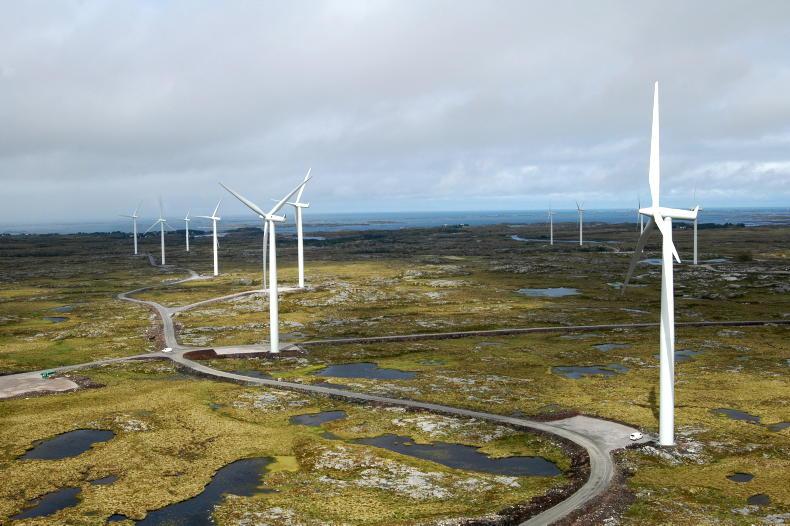
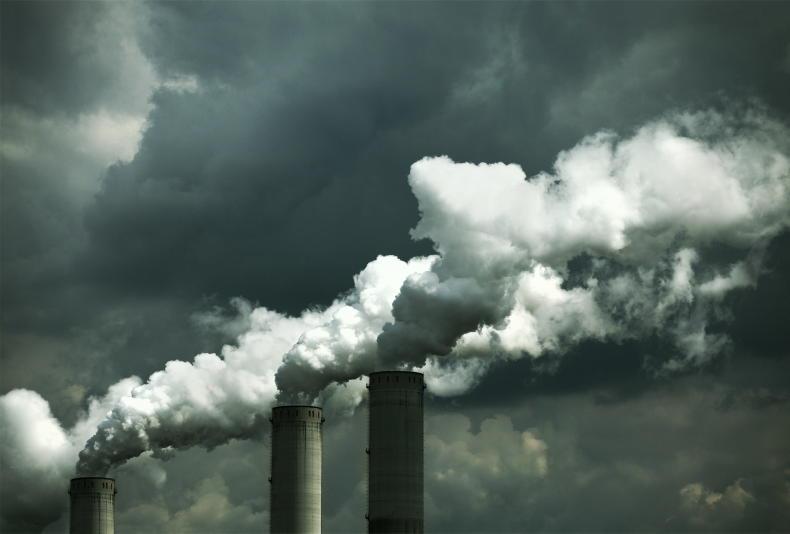

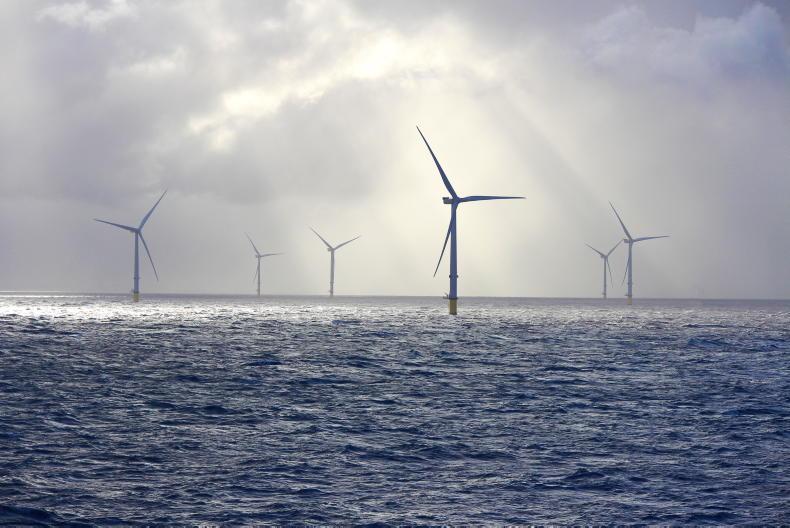
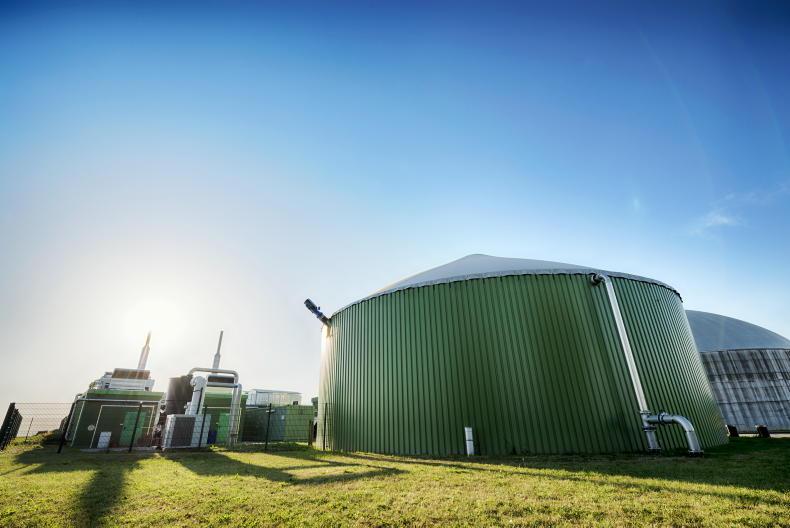
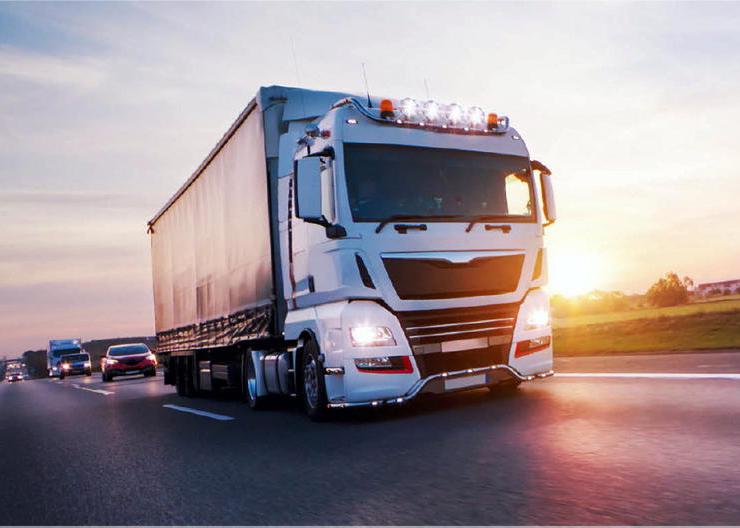
SHARING OPTIONS